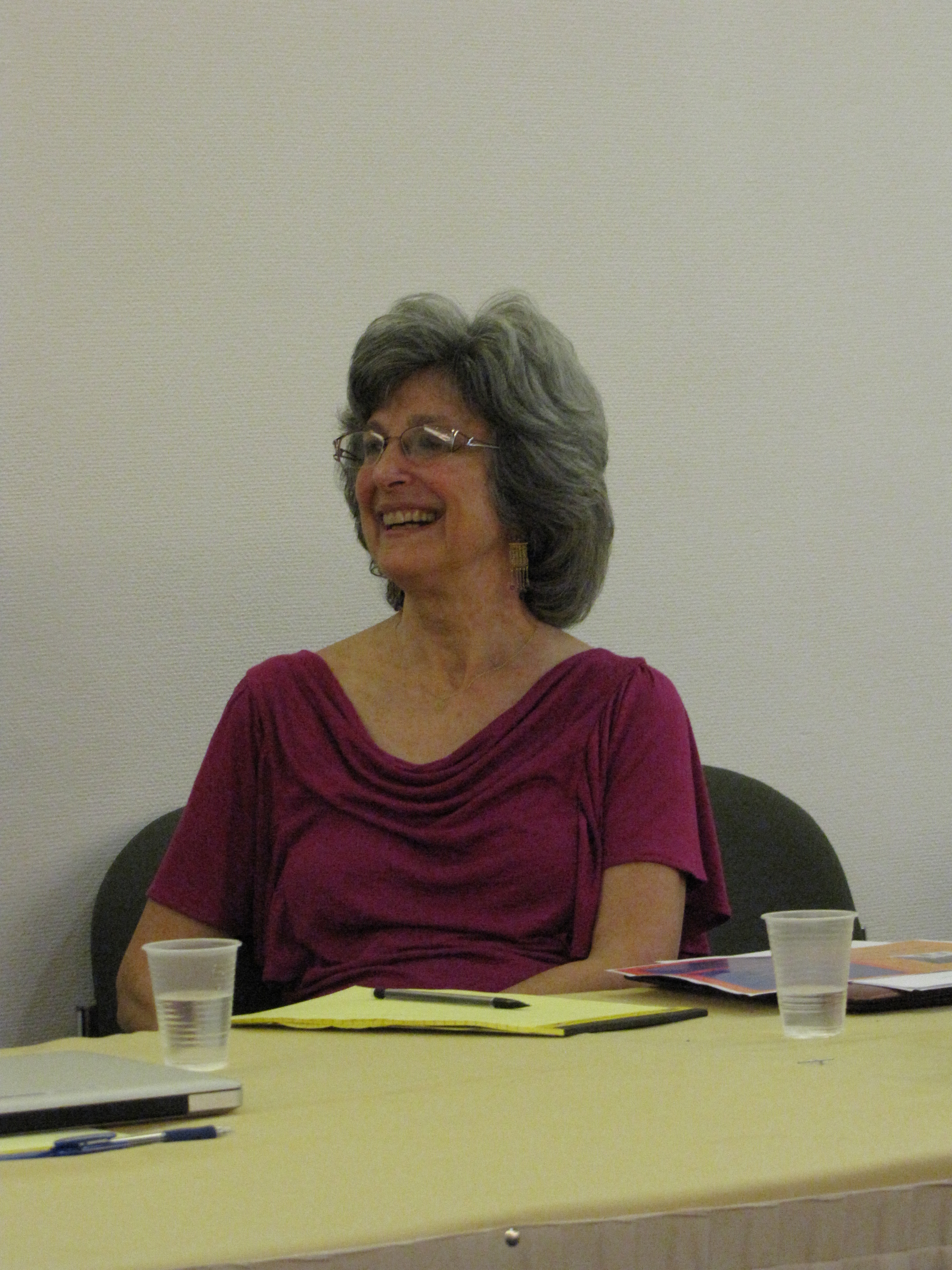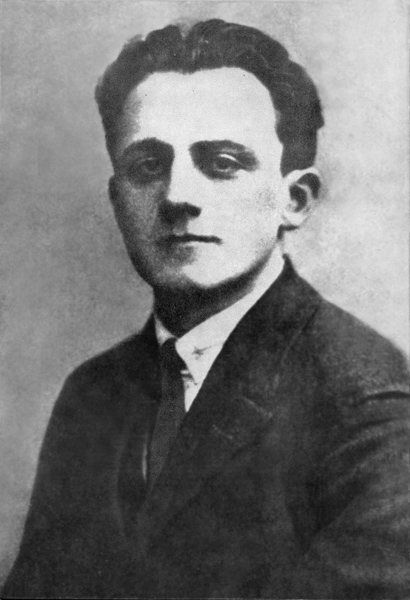|
Holocaust Humor
There are several major aspects of humor related to the Holocaust: humor of the Jews in Nazi Germany and in Nazi concentration and extermination camps, a specific kind of "gallows humor"; German humor on the subject during the Nazi era; the appropriateness of this kind of off-color humor in modern times; modern anti-Semitic sick humor. Aspects of Holocaust humor The 2011 book ''Dead Funny'' by Rudolph Herzog explores, among other things, the first two aspects: the humor of the oppressed and the humor of the oppressors. Terrence Des Pres, Sander Gilman, and Sidra DeKoven Ezrahi were among the first scholars to consider the appropriateness of humor about the Holocaust and who has the right to tell Holocaust jokes. Considering the cruelty of the jokes about the Holocaust, one has to distinguish the "gallows humor", i.e., the humor of the victims, from "sick humor" of the oppressors or haters of the particular social group. The "gallows humor" is a coping mechanism, while "sick hu ... [...More Info...] [...Related Items...] OR: [Wikipedia] [Google] [Baidu] |
Arthur Szyk (1894-1951)
Arthur Szyk (Polish: Artur Szyk artur Êɪk June 16, 1894 – September 13, 1951) was a Polish-born Jewish artist who worked primarily as a book illustrator and political artist throughout his career. Arthur Szyk was born into a prosperous middle-class Jewish family in Åódź, in the part of Poland which was under Russian rule in the 19th century. An acculturated Polish Jew, Szyk always proudly regarded himself both as a Pole and a Jew. From 1921, he lived and created his works mainly in France and Poland, and in 1937 he moved to the United Kingdom. In 1940, he settled permanently in the United States, where he was granted American citizenship in 1948. Arthur Szyk became a renowned artist and book illustrator as early as the interwar period. His works were exhibited and published not only in Poland but also in France, the United Kingdom, Israel and the United States. However, he gained broad popularity in the United States primarily through his political caricatures, in whic ... [...More Info...] [...Related Items...] OR: [Wikipedia] [Google] [Baidu] |
Sidra DeKoven Ezrahi
Sidra DeKoven Ezrahi (born October 31, 1942) is Professor Emerita of Comparative Literature at the Hebrew University of Jerusalem. Early life and education DeKoven Ezrahi is the daughter of Janet and Herman DeKoven. Her mother was a social worker born in Ostrowiec, Poland, who at age 12 immigrated to the United States with her family. Her father was a lawyer born in Chicago, Illinois. Ezrahi was born in Washington D.C. and grew up in Highland Park, Illinois. She attended Wellesley College and spent her junior year at the Hebrew University, where she completed her bachelor's degree in English and Political Science (1966). Ezrahi returned to the United States and received her M.A. (1968) and PhD (1976) in English and American literature from Brandeis University.. Career In 1978, Ezrahi was appointed head of the literature section at the Institute for Contemporary Jewry at the Hebrew University. She also taught at the Rothberg School for Overseas Students at Hebrew University and s ... [...More Info...] [...Related Items...] OR: [Wikipedia] [Google] [Baidu] |
Emmanuel Ringelblum
Emanuel Ringelblum (November 21, 1900 â March 10 (most likely), 1944) was a Polish historian, politician and social worker, known for his ''Notes from the Warsaw Ghetto'', ''Notes on the Refugees in ZbÄ szyn'' chronicling the deportation of Jews from the town of ZbÄ szyÅ, and the so-called Ringelblum Archive of the Warsaw Ghetto. Before the war He was born in Buchach, an eastern Galician town, then in the Austro-Hungarian Empire, now in Ukraine. Due to the strong presence of Yiddish culture in his hometown, Ringelblum developed a strong devotion to the Yiddish language, as well as his political beliefs. In 1914, Ringelblum moved to Nowy SÄ cz and then proceeded to move to Warsaw in 1920. Ringelblum graduated from Warsaw University, where he completed his doctoral thesis in 1927 on the history of the Jews of Warsaw during the Middle Ages. Thereafter he taught history in Jewish schools and became a member of a political movement known as the â Left Poâalei Zionâ. He was k ... [...More Info...] [...Related Items...] OR: [Wikipedia] [Google] [Baidu] |
Soap Made From Human Corpses
During the 20th century, there were various alleged instances of soap being made from human body fat. During World War I the British press claimed that the Germans operated a corpse factory in which they made glycerine and soap from the bodies of their own soldiers. Both during and after World War II, widely circulated rumors claimed that soap was being mass-produced from the bodies of the victims of Nazi concentration camps which were located in German-occupied Poland. During the Nuremberg trials items were presented as evidence of such production.Justice at Nuremberg, Robert E. Conot, Carroll & Graf Publishers, 1984, pp. 298-9 The Yad Vashem Memorial has stated that the Nazis did not produce soap with fat which was extracted from Jewish corpses on an industrial scale, saying that the Nazis may have frightened camp inmates by deliberately circulating rumors in which they claimed that they were able to extract fat from human corpses, turn it into soap, mass-produce and distribute it ... [...More Info...] [...Related Items...] OR: [Wikipedia] [Google] [Baidu] |
Warsaw Ghetto
The Warsaw Ghetto (german: Warschauer Ghetto, officially , "Jewish Residential District in Warsaw"; pl, getto warszawskie) was the largest of the Nazi ghettos during World War II and the Holocaust. It was established in November 1940 by the German authorities within the new General Government territory of occupied Poland. At its height, as many as 460,000 Jews were imprisoned there, in an area of , with an average of 9.2 persons per room, barely subsisting on meager food rations. From the Warsaw Ghetto, Jews were deported to Nazi concentration camps and mass-killing centers. In the summer of 1942, at least 254,000 ghetto residents were sent to the Treblinka extermination camp during under the guise of "resettlement in the East" over the course of the summer. The ghetto was demolished by the Germans in May 1943 after the Warsaw Ghetto Uprising had temporarily halted the deportations. The total death toll among the prisoners of the ghetto is estimated to be at least 300,000 kill ... [...More Info...] [...Related Items...] OR: [Wikipedia] [Google] [Baidu] |
Black Humor
Black comedy, also known as dark comedy, morbid humor, or gallows humor, is a style of comedy that makes light of subject matter that is generally considered taboo, particularly subjects that are normally considered serious or painful to discuss. Writers and comedians often use it as a tool for exploring vulgar issues by provoking discomfort, serious thought, and amusement for their audience. Thus, in fiction, for example, the term ''black comedy'' can also refer to a genre in which dark humor is a core component. Popular themes of the genre include death, crime, poverty, suicide, war, violence, terrorism, discrimination, disease, racism, sexism, and human sexuality. Black comedy differs from both blue comedyâwhich focuses more on crude topics such as nudity, sex, and Body fluidsâand from straightforward obscenity. Whereas the term ''black comedy'' is a relatively broad term covering humor relating to many serious subjects, ''gallows humor'' tends to be used more specifi ... [...More Info...] [...Related Items...] OR: [Wikipedia] [Google] [Baidu] |
Crematorium
A crematorium or crematory is a venue for the cremation of the dead. Modern crematoria contain at least one cremator (also known as a crematory, retort or cremation chamber), a purpose-built furnace. In some countries a crematorium can also be a venue for open-air cremation. In many countries, crematoria contain facilities for funeral ceremonies, such as a chapel. Some crematoria also incorporate a columbarium, a place for interring cremation ashes. Ceremonial facilities While a crematorium can be any place containing a cremator, modern crematoria are designed to serve a number of purposes. As well as being a place for the practical but dignified disposal of dead bodies, they must also serve the emotional and spiritual needs of the mourners. The design of a crematorium is often heavily influenced by the funeral customs of its country. For example, crematoria in the United Kingdom are designed with a separation between the funeral and cremation facilities, as it is not cu ... [...More Info...] [...Related Items...] OR: [Wikipedia] [Google] [Baidu] |
Dachau Concentration Camp
, , commandant = List of commandants , known for = , location = Upper Bavaria, Southern Germany , built by = Germany , operated by = ''Schutzstaffel'' (SS) , original use = Political prison , construction = , in operation = March 1933 â April 1945 , gas chambers = , prisoner type = Political prisoners, Poles, Romani, Jews, homosexuals, Jehovah's Witnesses, Catholic priests, Communists , inmates = Over 188,000 (estimated) , killed = 41,500 (per Dachau website) , liberated by = U.S. Army , notable inmates = , notable books = , website = Dachau () was the first concentration camp built by Nazi Germany, opening on 22 March 1933. The camp was initially intended to intern Hitler's political opponents which consisted of: communists, social democrats, and other dissidents. It is located on the grounds of an abandoned munitions factory northeast of the medieval town of Dachau, about northwest o ... [...More Info...] [...Related Items...] OR: [Wikipedia] [Google] [Baidu] |
Mauthausen Death Camp
Mauthausen was a Nazi concentration camp on a hill above the market town of Mauthausen (roughly east of Linz), Upper Austria. It was the main camp of a group with nearly 100 further subcamps located throughout Austria and southern Germany. The three Gusen concentration camps in and around the village of St Georgen/Gusen, just a few kilometres from Mauthausen, held a significant proportion of prisoners within the camp complex, at times exceeding the number of prisoners at the Mauthausen main camp. The Mauthausen main camp operated from 8 August 1938, several months after the German annexation of Austria, to 5 May 1945, when it was liberated by the United States Army. Starting with the camp at Mauthausen, the number of subcamps expanded over time. In January 1945, the camps contained roughly 85,000 inmates. As at other Nazi concentration camps, the inmates at Mauthausen and its subcamps were forced to work as slave labour, under conditions that caused many deaths. Mauthau ... [...More Info...] [...Related Items...] OR: [Wikipedia] [Google] [Baidu] |
._Portrait_of_Julia_Szyk_(1926)%2C_Paris.jpg)




.jpg)

.jpg)